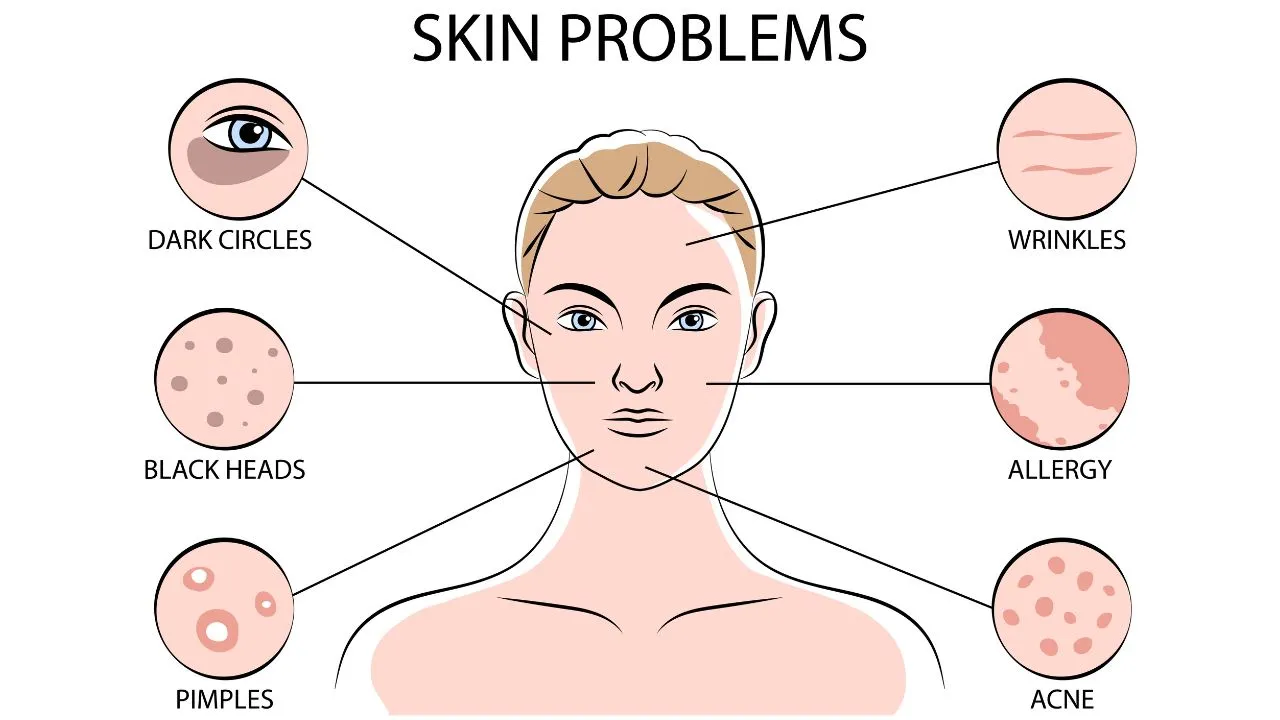Browsing Skin Cancer Cells Treatment: The Vital Function of Mohs in Modern Dermatology Practices
Skin cancer, a complicated medical diagnosis, often leaves patients grappling with many therapy alternatives. As we explore the details of this procedure, one will certainly appreciate its crucial role in skin cancer cells therapy.
Recognizing Skin Cancer Cells: Kinds and Threats
There are 3 primary types of skin cancer: Basal cell cancer, Squamous cell cancer, and Cancer malignancy. It accounts for only about 1% of skin cancer cells instances yet triggers the large majority of skin cancer cells fatalities. Threat variables include fair skin, background of sunburn, excessive sunlight direct exposure, living at high elevations or close to the equator, having several moles, a household background of skin cancer, and weakened immune system.
What Is Mohs Surgical treatment and Exactly How It's Reinventing Skin Cancer Cells Treatment
Despite the countless treatments presently offered for skin cancer cells, Mohs surgical procedure stands out as a groundbreaking and highly efficient remedy. Named after Frederic E. Mohs, the physician who developed the procedure, Mohs surgical procedure is a specific surgical method used to treat skin cancer. This level of accuracy, integrated with the capacity to save as much healthy and balanced tissue as possible, is transforming skin cancer treatment.
The Benefits of Mohs Surgical Procedure Over Standard Skin Cancer Cells Therapies
Structure on the cutting-edge nature of Mohs surgical procedure, it's important to consider its numerous advantages over standard skin cancer treatments. Unlike standard treatments, Mohs uses a higher treatment rate, typically reaching 99% for newbie treatments and 94% for frequent cancers cells. Furthermore, it lessens damages to healthy skin, leading to much less scarring and boosted cosmetic end results.
The Treatment of Mohs Surgical Procedure: What to Anticipate During the Refine

Potential Side Effects and Post-Operative Treatment of Mohs Surgical Procedure
Undertaking Mohs surgery, like any type of various other surgical treatment, involves possible side impacts that people need to be conscious of. Common side impacts consist of pain, bruising, and swelling at the surgical procedure site. In some situations, additional therapies may be essential to make sure total elimination of the malignant cells.
Conclusion
